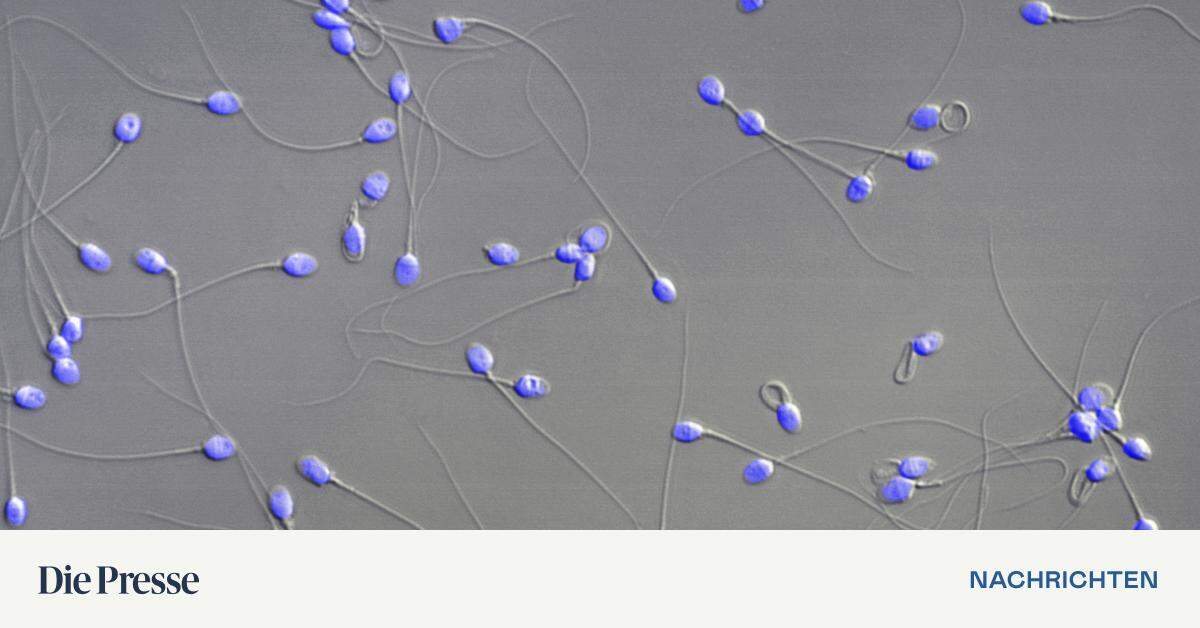Scientists have long been interested in how eggs and sperm communicate. Researchers at the Vienna Biocenter have discovered a protein that plays a role in this process, using a technique that won the Nobel Prize in Chemistry this year.
It's often the seemingly simple things that cause scientists the most headaches. The same applies to the question of the beginning of life. Most of us know from biology lessons that in order to create an organism that reproduces sexually, a sperm must fuse with an egg. However, it is still unclear how exactly this connection works.
In order to get one step closer to solving the puzzle, Austrian researchers from the Vienna Biocenter looked at proteins found on the surface of sperm and egg cells and made the fusion possible at the molecular level. By building a kind of bridge made of proteins, the two cell membranes can fuse. By exchanging their genetic material, they form what is called a zygote – a single cell from which organic life can arise.
Unknown trio
Some of these proteins have already been discovered in the past. Until now, scientists have only been able to observe the sperm protein Isomo1 and its egg counterpart Juno coming together, which in turn enables fertilization. The researchers commissioned the AlphaFold Multimer program to computationally predict potential hitherto unknown protein complexes that could be involved in the fertilization process.
In subsequent experiments – including in zebrafish cells – they were actually able to discover a protein called Tmem81, which combines with the Izumo1 and Spaca6 proteins on the sperm side to form a kind of triad. This builds a chemical bridge on the surface of zebrafish egg cells using a keyhole-like connector known as a “guard.” Fertilization can occur. The team also found that the trio is present in different groups of vertebrates. If it cannot form properly, it renders the organism sterile.
“Identifying this three-protein complex is a big step forward,” says Andrea Pauli, one of the contributors to the study published in the journal Cell (October 17). “The fact that it has persisted through millions of years of evolution shows how important this lock-and-key mechanism is.”
Award-winning technology
Also noteworthy is the use of an advanced version of the Alphafold technique, for whose preparatory work and implementation John Jumper, Demis Hassabis, and David Becker were awarded the Nobel Prize in Chemistry. Alphafold can predict its 3D structure – and thus its shape – from the amino acid sequence of a protein. The heart of the application and the basis of the calculations is a neural network in which there are millions of structures and sequences of related proteins.

“Total coffee aficionado. Travel buff. Music ninja. Bacon nerd. Beeraholic.”





More Stories
The largest supermoon of the year: Tonight is a full moon – Science –
These varieties are ideal for helping you lose weight
540 ships per season – Antarctic tourism affects the melting of ice